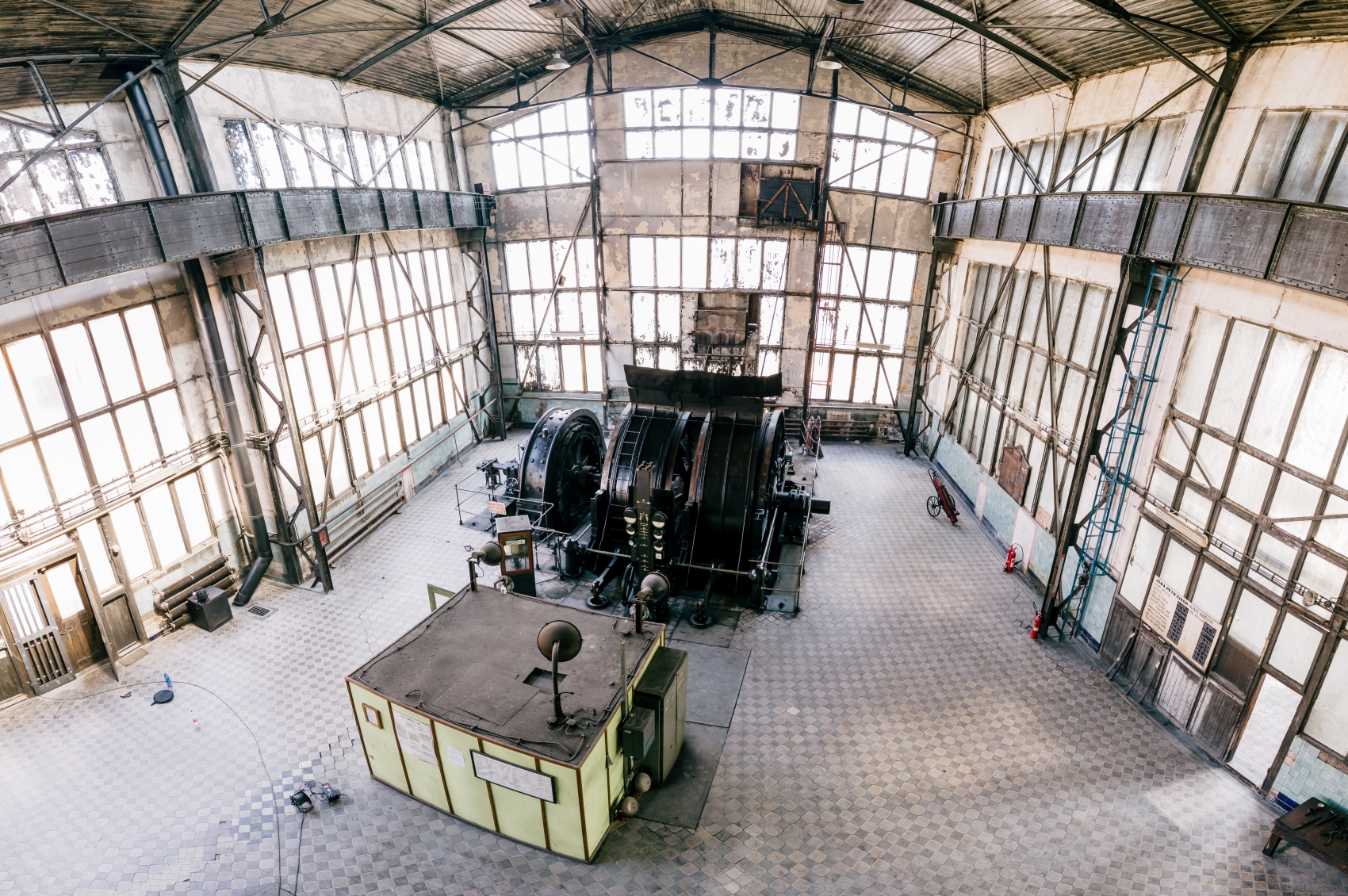Ostrava is a city proud of its industrial heritage. Its main attraction is Dolne Vítkovice – a former steelworks complex turned into a meeting place for culture and art. However, the attraction of the city located 20 kilometres from the Polish border is not only industrial monuments. In the Gallery of Fine Arts you can see works by Dürer, Klimt as well as prominent Czech modernist artists. The almost 100-year-old building will also delight architecture lovers, as will the modernist tower of the town hall, which offers views of the entire surroundings. A few dozen minutes’ drive from Ostrava, on the other hand, you can visit the 16th-century Wesselsky Water Mill
Ostrava Art Gallery. A tribute to mining architecture
The building, which was built almost 100 years ago (in 1926), is today one of the gems of Ostrava’s architecture. The hallmark of the building, located in the city centre, is its red façade – it was built with bricks to reflect the architecture of the mining colonies. Its history begins in the first decades of the 20th century, at which time Ostrava became not only the leader of local industry, but also an extremely rapidly developing city on the map of the young state that was Czechoslovakia
The building was designed by František Fial and Vladimír Wallenfels (pupils of the famous architects Jan Kotěr and Josef Gočár) and realised by Rudolf Kaulich. The gallery quickly became an important place on the map of Ostrava. It not only brought together artists and showcased their work, but also fulfilled an important educational and cultural role among the inhabitants of the steel city
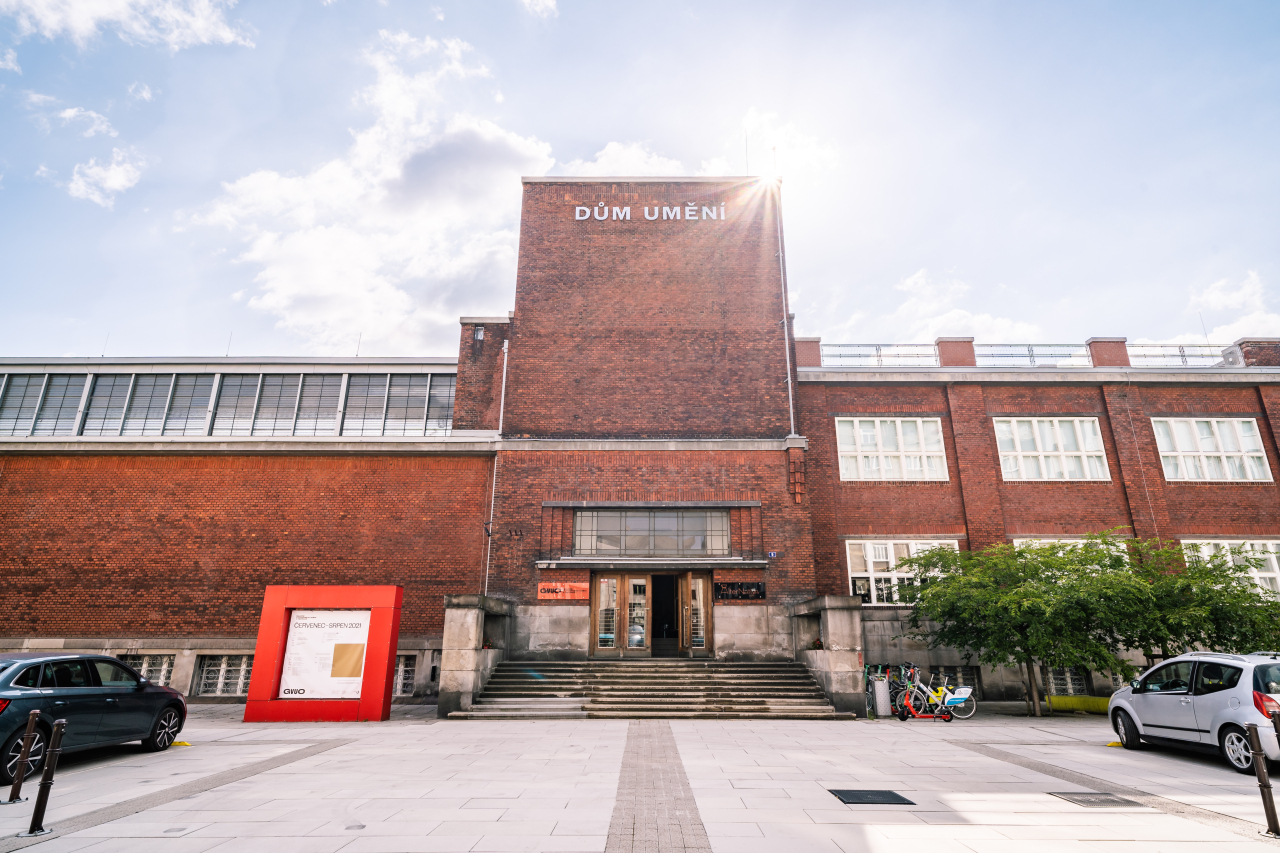
Today, the building’s architecture and large spaces stand out from the surrounding buildings. The gallery also hides many works of art by prominent (not only Czech) artists. The collection already numbers more than 20,000 objects. It is, of course, impossible to see them all in one visit, so it is also worth taking a look at the Gallery’s website to get to know the TOP of the collection gallery’s website to see the TOP100 paintings from its collection. For almost two decades, the space in front of the Ostrava gallery has been decorated with the work Úsvit by Lukáš Rittstein, which symbolises Ostrava as an industrial city. But at the same time, it also loves art
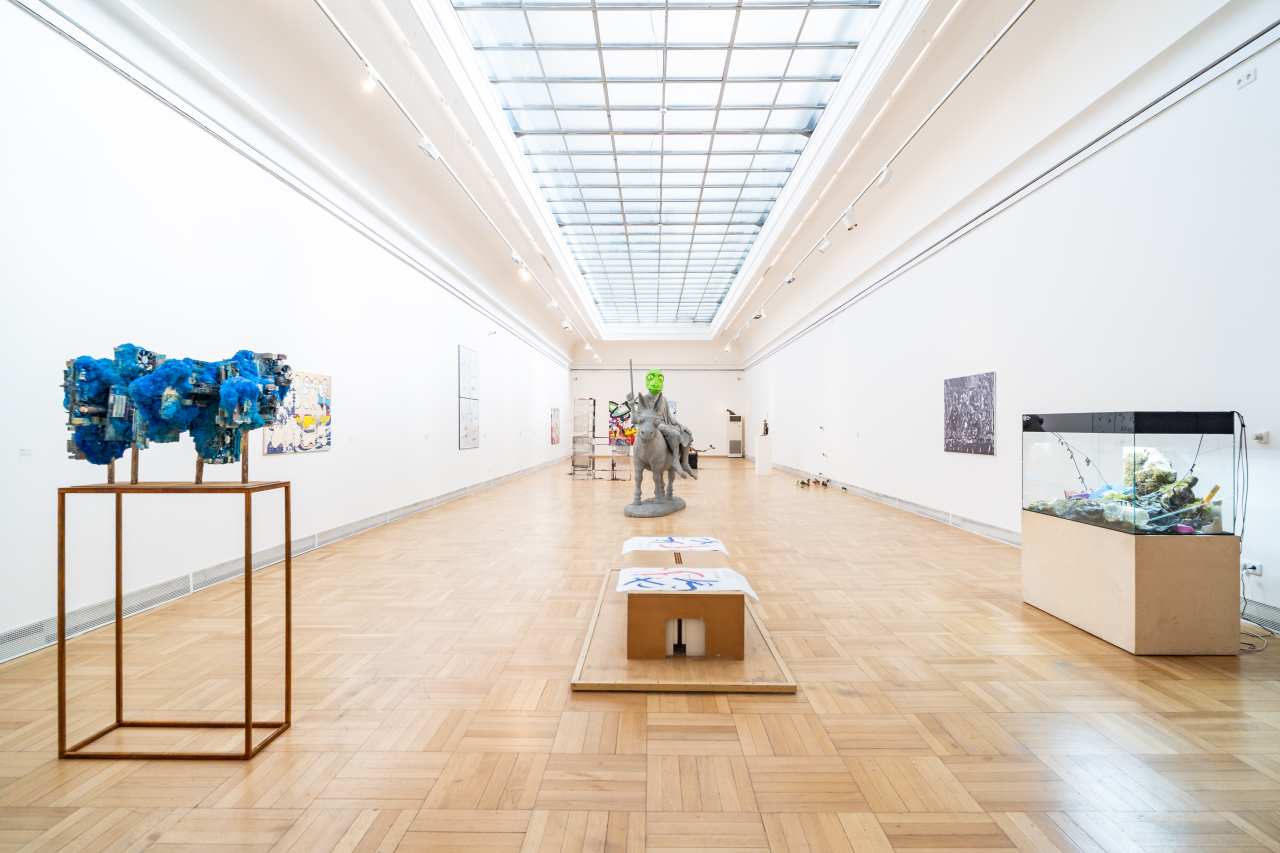
The new Ostrava Town Hall, or the largest town hall in the Czech Republic
An interesting work of art can also be found in front of another architectural icon of Ostrava. We are talking about the sculpture in front of the new City Hall, which depicts Icarus. It is meant to symbolise the ups and downs of the city, and was erected on this spot in 1999. Its author is František Štorek. It weighs seven tonnes and is the third largest bronze sculpture standing in the Czech Republic
But why talk about a “new” town hall when it is almost 100 years old (it was built in 1930, four years after the gallery)? It was built then as the new seat of the municipal authorities (the previous town hall still stands today on Masaryk Square and is the seat of the Ostrava Museum). The dynamic growth of the city in independent Czechoslovakia and the plans for the creation of Greater Ostrava meant that the third largest city in the Czech Republic then needed a suitable seat. In 1925, the grand construction of a new town hall began
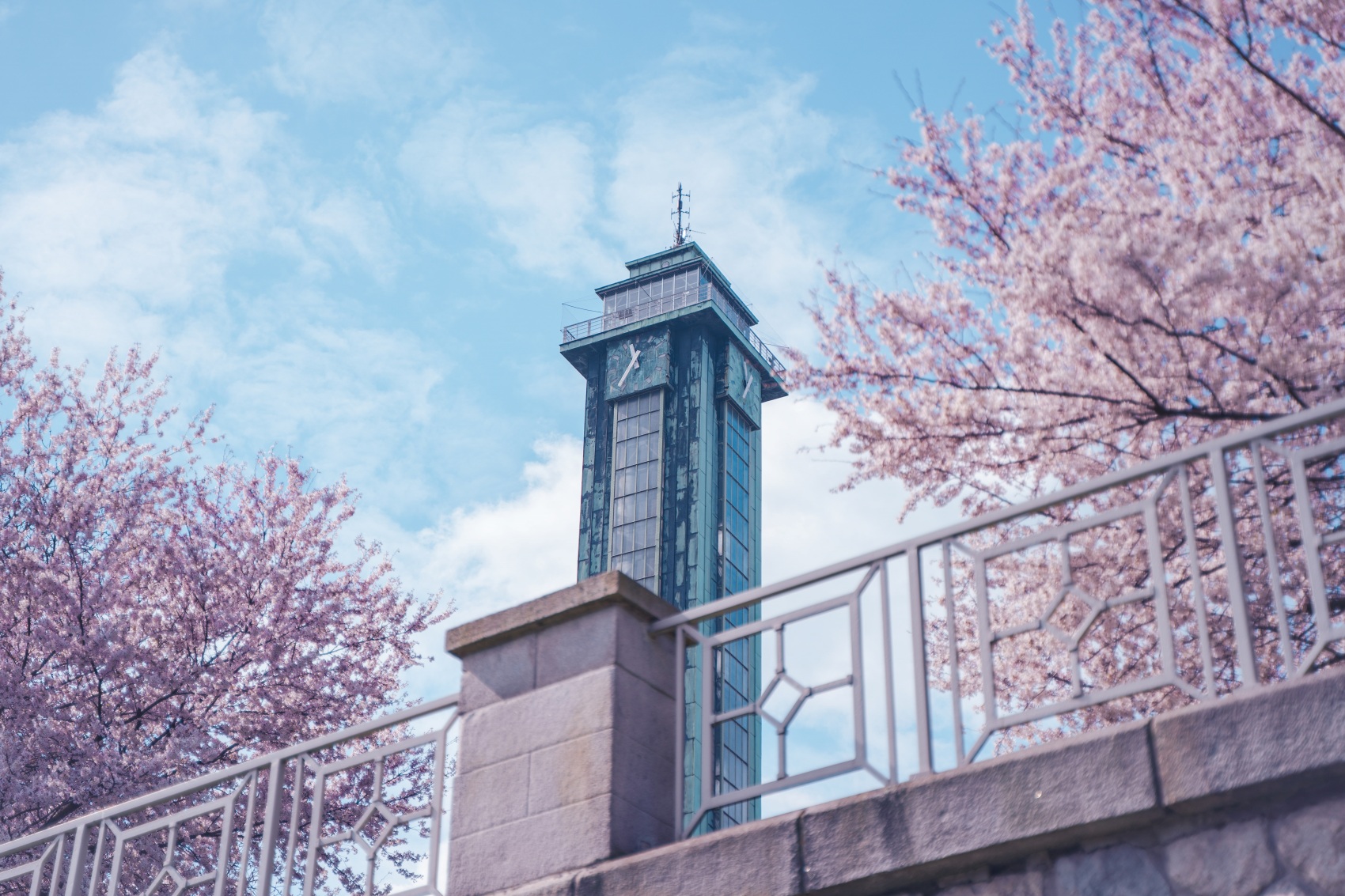
However, the work was not so straightforward. The area intended for construction was unstable, so the architects decided to erect the building on a thick reinforced concrete base. The tower was supposed to be lower and built of bricks, but due to technical considerations it was decided to use a lighter structure covered with copper sheeting, and the skeleton of the tower itself was made at the Vítkovice ironworks. Perhaps it was a good thing, as to this day it not only intrigues with its architecture, but is also the largest town hall complex in the Czech Republic
When visiting the town hall, you can enjoy views of Ostrava and its surroundings. The furnishings of the building are also interesting, although the decorative elements here are an absolute minimum. However, they are made of top-quality materials such as bronze, marble or exotic wood. We are taken from the ground floor to the fourth floor by the paternoster, a circular cabin lift made of wood 95 years ago. We also wrote about why this modernist building is so interesting on the whiteMAD website here
Wesselsky – a centuries-old water mill in which… you can stay overnight
A few dozen minutes’ drive from Ostrava, on the southern edge of the North Moravia region, there is another unique building. This is the Wesselsky watermill, which was built as early as the first half of the 16th century (the first written reference to it dates back to 1545). Today, visitors can learn about the process of flour production, grain milling technologies and interesting facts about the lives of millers. With your own eyes, you can see the centuries-old architecture and individual pieces of equipment. The gigantic, almost four-metre-high wooden mill wheel is impressive. The water is supplied to the mill via a trough that is three kilometres long
The mill itself is located right on the Odra River, in the small village of Loučky. We often forget this, and it is worth knowing that the second longest river in Poland is our common Polish-Czech asset. It not only flows through the Czech Republic, but has its source in the country of its southern neighbours. The place where it begins its course is Fidlův kopec, the highest peak of the Odra Mountains. The almost 900-kilometre-long course of the Oder through the Czech Republic, Poland and Germany begins here, just a few dozen kilometres from the mill. It is worth trying to find the source of the Oder, or go on a further hike in the Czech Republic, if only to nearby Olomouc, as there are many places to discover there too. Or… stay in the mill for longer! In addition to guided tours (the mill is open daily from 9:00 am to 5:00 pm), you can also spend the night here
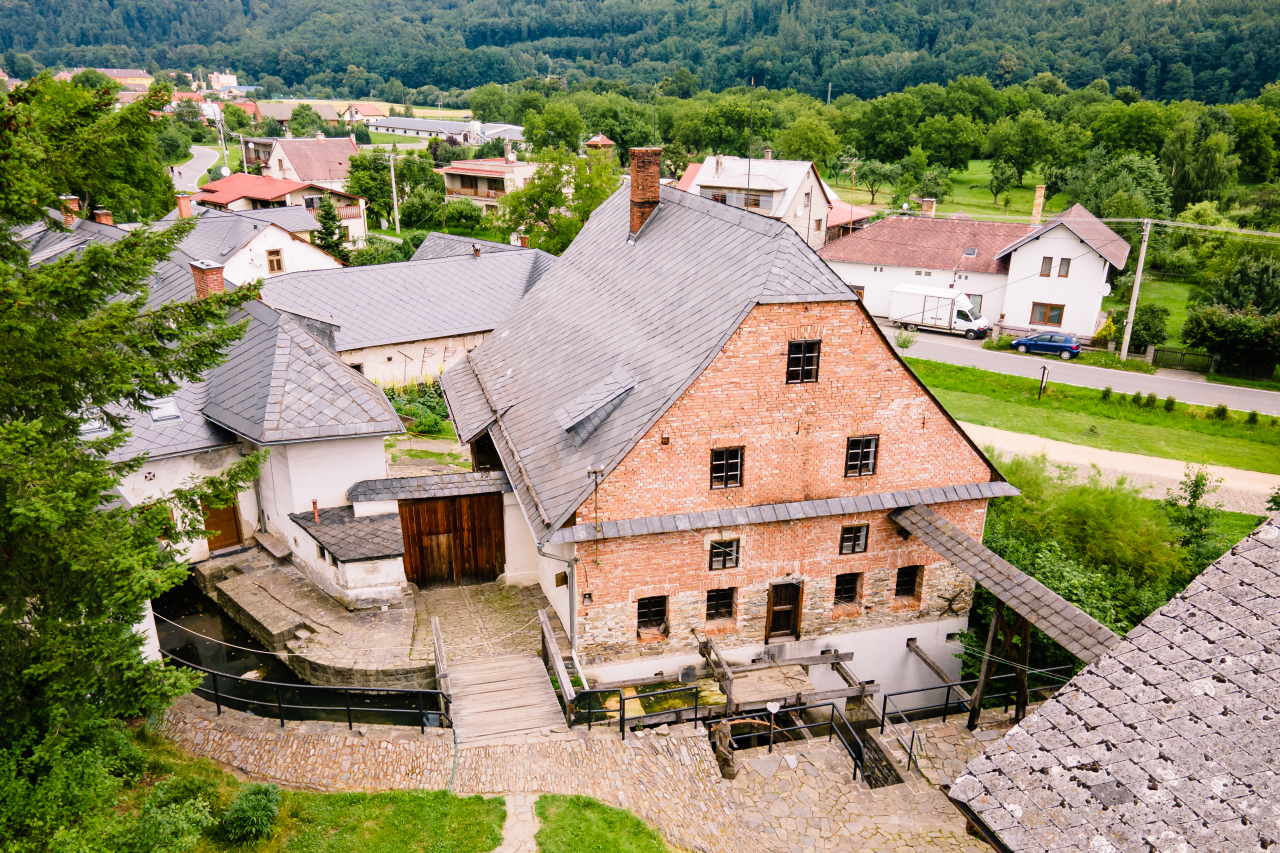
Today, the site is looked after by Jaroslav Král, who has taken the trouble to conserve the monument and keep the mill operating according to its original technology. Before visiting, it is worth reading more about the history of the building. It is described in detail at www.vodnimlyn.cz (in Czech only, but a translator will help). You can also plan excursions to other monuments of Czech industry, as the mill is located on the Technotras trail. What is it? It is a special trail whose common denominator is the inventions of technology and industry of northern Moravia and Silesia. Details on it are available here
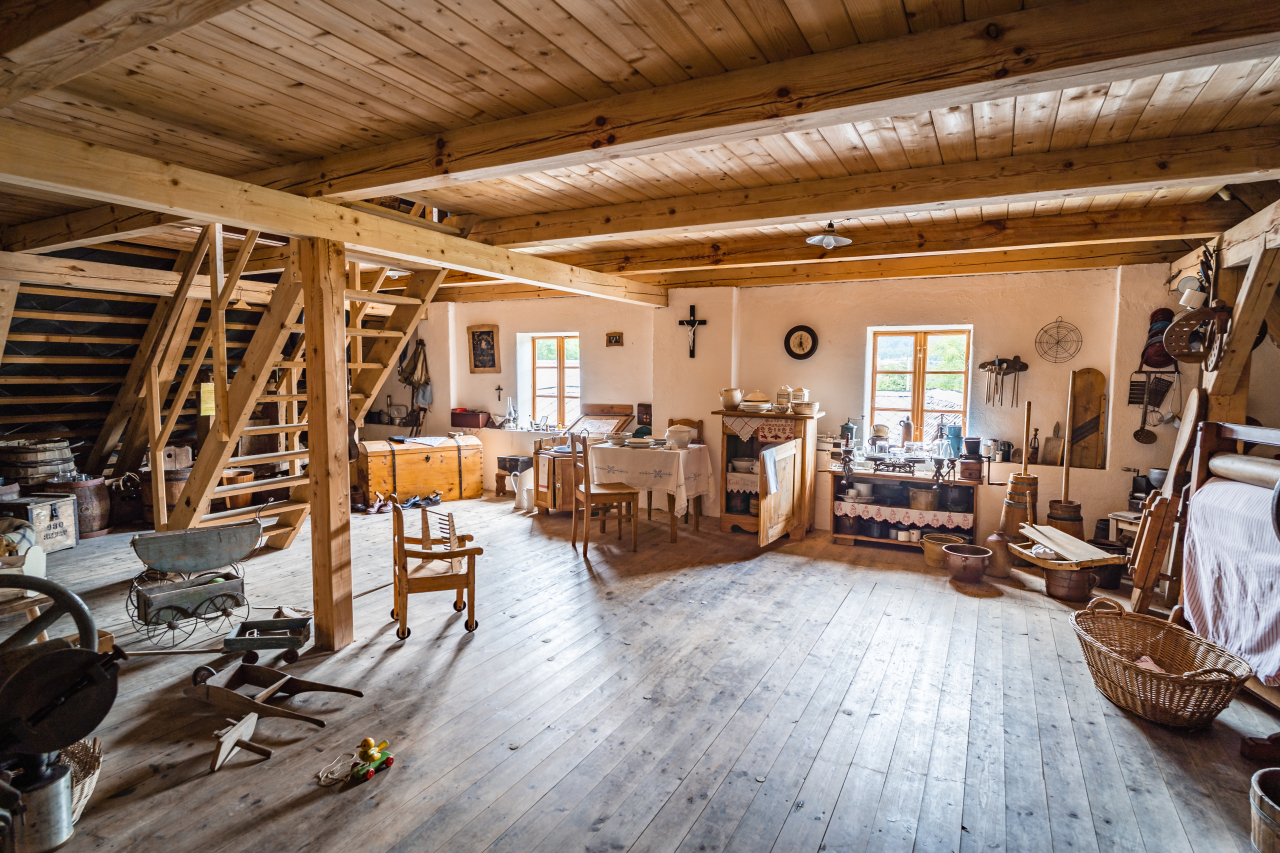
Michael mine
The Michal Mine is a unique tourist site where you can experience the atmosphere and see with your own eyes what it was like for miners to work in a coal mine. The site, together with the preserved complex of surface buildings and a unique collection of original technical equipment from the time of the mine’s reconstruction in the early 20th century in 1995, has been declared a national cultural heritage. It is also one of the sites of the ERIH European Route of Industrial Heritage system and a candidate for inclusion on the UNESCO World Heritage List
The beginning of the Michael Mine dates back to 1842 and is linked to the efforts of the then Austrian state to promote coal mining as a necessary condition for industrial development. As part of the restructuring of heavy industry, the mine ceased mining in 1993
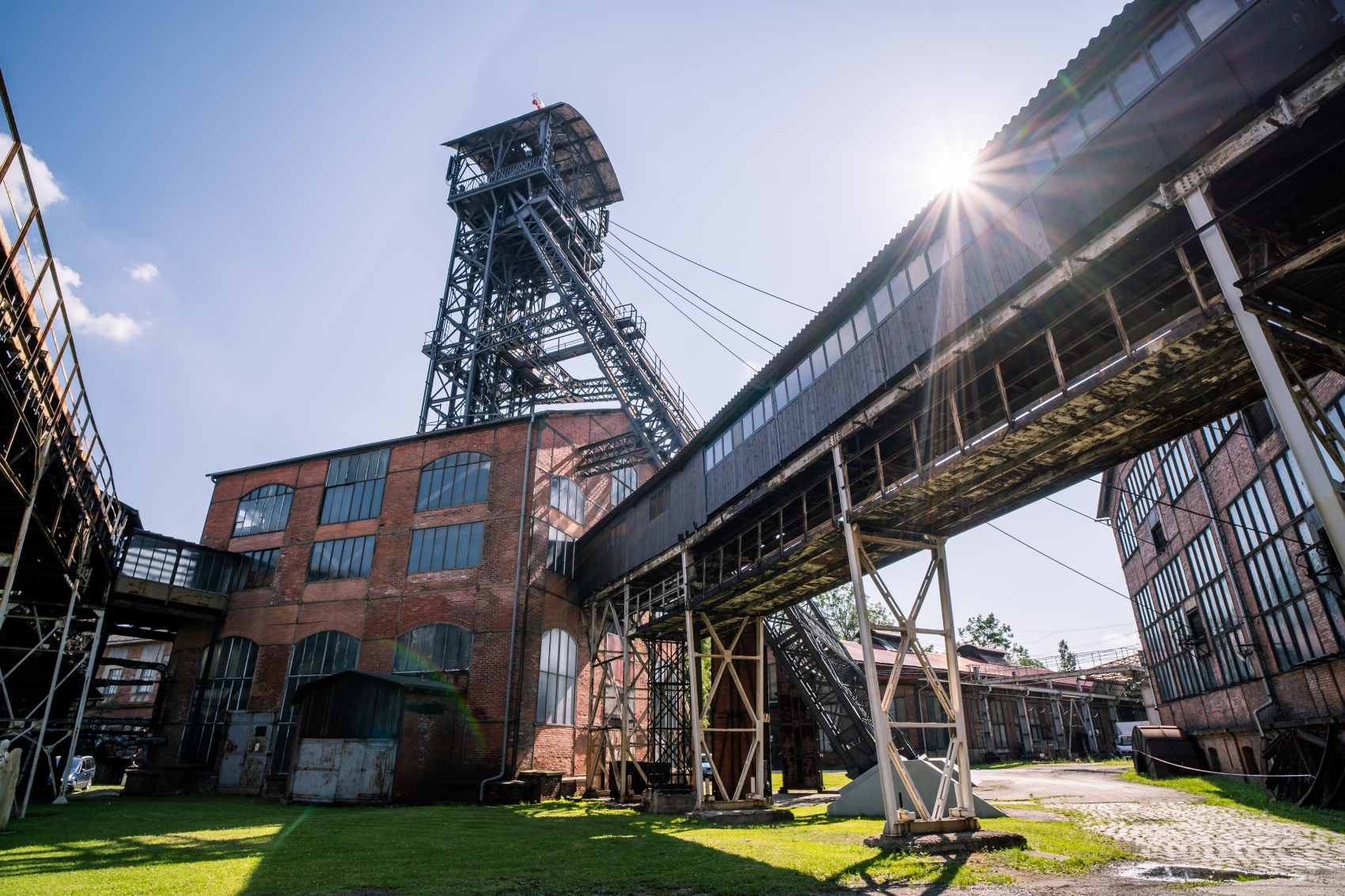
The Michal Mine Museum is arranged according to the concept of the last working day – following the footsteps of a miner starting his shift with an emphasis on preserving the authenticity of the surroundings and details. Two tours lead through an exhibition in the administration building with authentic office equipment, followed by the mine building and engine room with original electrical equipment. An interesting highlight is a visit to the boiler room with a working steam engine from 1893. Nowadays, the space of the Michael Mine is not only used for typical tourist purposes, cultural and educational events, contemporary art exhibitions and weddings are held here
_
Article in Czech version, článek v české verzi
Polsko-české pohraničí. Ostrava a její okolí, proslulé nejen svou průmyslovou minulostí
Ostrava je město hrdé na své průmyslové dědictví. Jeho hlavní zajímavostí jsou Dolní Vítkovice – bývalý hutní komplex proměněný v místo plné kultury a umění. Ve městě, které se nachází 20 kilometrů od granice s Polskem, nšie s nie tylko průmyslové památky. V Galerie výtvarného umění najdete díla Dürer, Klimt a także významných představitelů české moderny, a samotná, téměř stoletá budova galerie, potěší všechny fanoušky architektury. Pro nadšence do architektury bude zajímavá také modernistická radniční věž, ze které se otevírá výhled na celé okolí. Another monument is the Wesselsky Water Mill from the 16th century, which is located a few dozen minutes’ drive from Ostrava
Galerie výtvarného umění v Ostravě. Pocta hornické architektuře
The building, which was erected before nearly 100 years (in 1926), is still one of the pearls of Ostrava architecture. The characteristic feature of the building located in the centre of the city is the červená fasáda – byla postavena z cihel, aby odrážela architekturu hornických kolonií. Její příběh zaczynaćíná v prvních desetiletích 20. století, kdy se Ostrava stala nejen lídrem místního průmyslu, ale i městem, které se v mladém Československu velmi rychlé rozvíjelo
Stavbu navrhli František Fiala a Vladimír Wallenfels (student slavných architektů Jana Kotěra a Josef Gočár) a postavil ji Rudolf Kaulich. The gallery soon became a prominent feature on the map of Ostrava. It promoted artists and presented their works, and played an important educational and cultural role among the inhabitants of the city of Ostrava

Architektura budovy a její velké plochy i dnes vyčnívají z okolní zástavby. V galerii naleznete mnoho uměleckých děl vynikajících, nejen českých, umělců. Sbírka má již přes 20 000 exponátů. Během jedné návštěvy samozřejmě není možné vidět všechny, a proto stojí za to se podívat on the gallery’s web pages and promote the TOP100 images from its collections. A prostor in front of the Ostrava gallery has been housing the “Úsvit” dílo by Lukáše Rittstein for two decades, which symbolises Ostrava, a mind-blowing city with a wealth of ideas
Nová radnice v Ostravě, největší radnice v České republice
Zajímavé umělecké dílo se nachází i před další ostravskou architektonickou ikonou. Jedná se o sochu před Novou radnicí, která zobrazuje Ikara. Symbolizuje vzestupy a pády města a byla postavena v roce 1999. Jejím autor je František Štorek. Váží téměř sedm tun a zajímavostí je, že se jedná o třetí největší bronzovou sochu v České republice
A proč vůbec říkáme “Nová” radnice, když je budova již téměř 100 let stará? The building was originally erected as a new seat of the city government (the former council chambers still stand on Masaryk Square and are a seat of the Ostrava Museum). The dynamic development of the city in nezávislém Československý a projekt Velké Ostravy znamenaly, že třetí největší město v České republice potřebovalo vhodné sídlo, a proto v roce 1925 zaczynać stavba nové radnice
Práce však nebyla jednoduchá. Prostor určený ke stavbě byl nestabilní, proto se architekti rozhodli postavit radnici na robustní železobetonové žebrované desce. Původně měla být věž nižší a postavená z cihel, ale vzhledem k technickým podmínkám byla zvolena lehčí konstrukce pokrytá měděným plechem. The single structure of the věže was made in Vítkovický železárnách. Toto rozhodnutí se ukázalo jako správné, protože věže dodnes láká svou architekturou, a zároveň je součástí největšího radničního komplexu v České republice
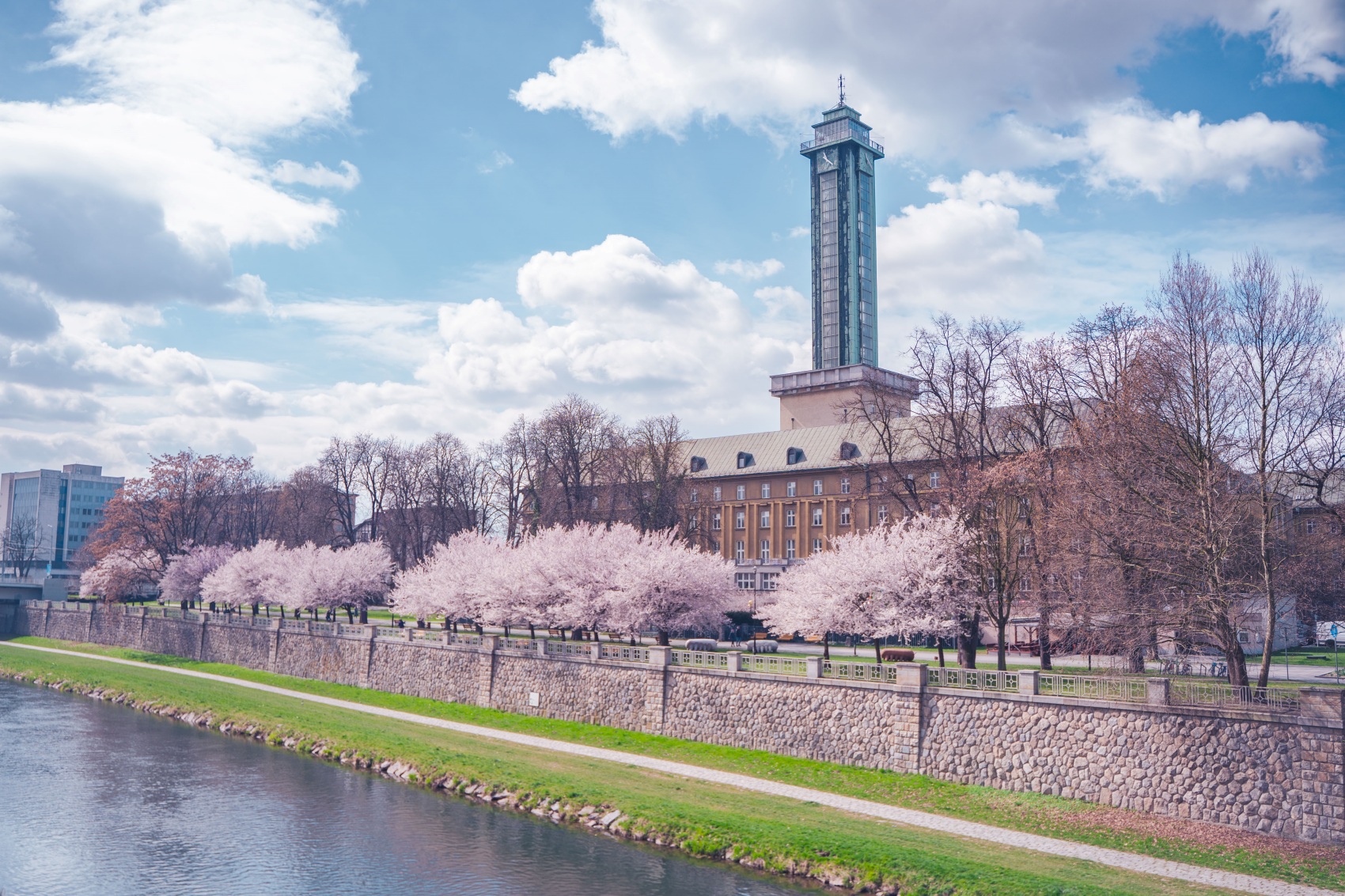
Během návštěvy radnice se můžete kochat výhledy na Ostravu a její okolí. Zajímavé je i vybavení budovy, přestože počet dekorativních prvků je minimální. Jsou však vyrobeny z nejkvalnějších materiálů, bronzu, mramoru a exotického dřeva. From přízemí do čtvrtého patra se dostaneme páternosterem, oběžným, kabinkovým, dřevěným výtahem, který na tomto místě funguje už 95 let. O tom, proč je tato modernistická budova tak zajímavá, psali jsme už na whiteMAD zde
Wesselsky – staletý vodní mlýn, ve kterém můžete přenocovat
Několik desítek minut jízdy autem od Ostravy, na jižním okraji severní Moravy, se nachází další unikátní památka. Jedná se o vodní mlýn Wesselsky, který byl postaven v první polovině 16. století (první písemná zmínka o něm pochází z roku 1545). Dnes se v něm můžete seznámit s proces tvorby mouky, technologiemi mletí obilí a zajímavostmi ze života mlynářů. Na vlastní oči můžete vidět staletou architekturu a jednotlivé prvky vybavení. Pozornost přitahuje zejména gigantické, téměř čtyři metry dlouhé dřevěné vodní kolo. Voda je do mlýna přiváděna tři kilometry dlouhým náhonem
The mill is located přímo na řece Odře v obci Loučky. It may be interesting for tourists that the Odra is the second most beautiful river in Poland, but it is located in the Czech Republic, in Fidlová Kopec, which is the highest peak of the Oder mountains, only a few kilometres from the mill. Cesta k prameni Odry may be an interesting view of the Mlýn. Another tip for a trip may be the nearby town of Olomouc. Kromě komentovaných prohlídek (mlýn je otevřen každý den od 9:00 do 17:00) a můžete zde také přenocovat
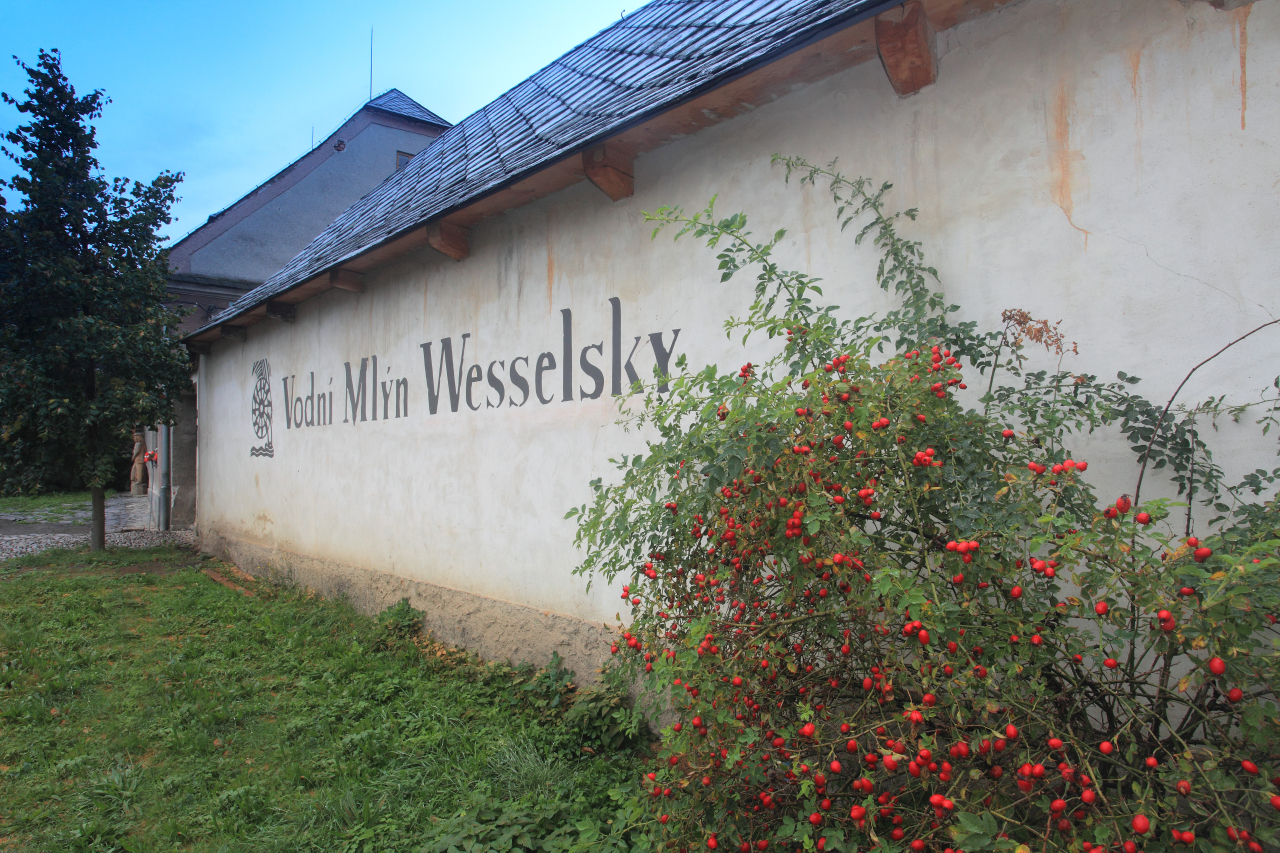
Dnes se o areál stará Jaroslav Král, který se zasadil o zachování památky a udržení mlýna v provozu podle původní technologie. Před przed návštěvou doporučujeme přečístem si více o historii tohoto místa. Podrobnější informace najdete na webových stránkách www.vodnimlyn.cz. Návštěvu mlýna můžete spojit také s návštěvou dalších průmyslových památek, které jsou součástí Technotrasy – více o Technotrase zde)
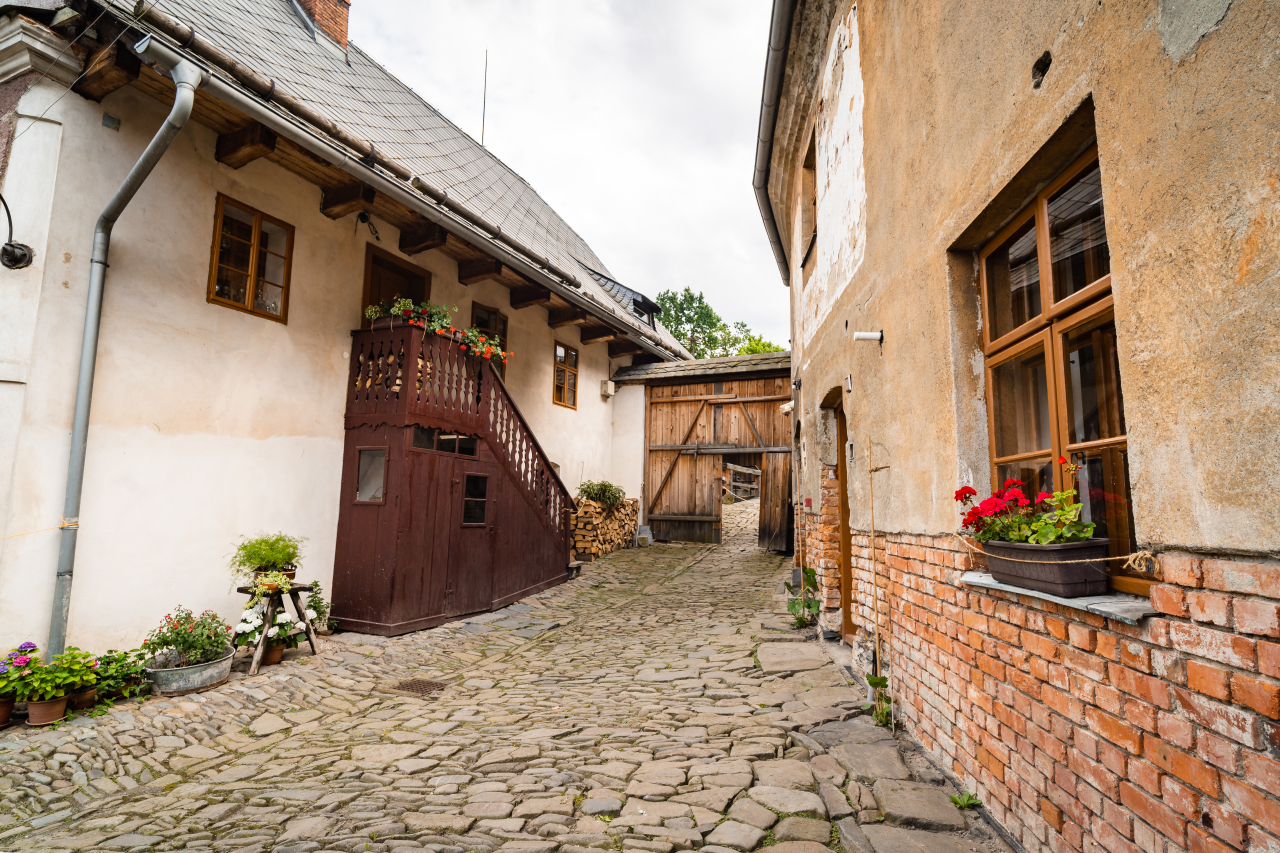
Důl Michal
Důl Michal je unikátní turistickou památkou, která na člověka zapůsobí svou výjimečnou atmosférou – můžete zde na vlastní oči vidět, jak vypadala práce horníků v černouhelném dole. Toto místo, včetně zachovalého komplexu povrchových staveb a unikátní sbírky původního technického vybavení z doby přestavby dolu z počátku 20. století, bylo v roce 1995 zapsáno na seznam národního kulturního dědictví. Je součástí Evropské cesty průmyslového dědictví (ERIH) a také kandidátem k zápisu na Seznam světového dědictví UNESCO
Začátek provozu dolu Michal sahá až do roku 1842 a je spojen se snahou tehdejšího rakouského státu podporovat těžbu uhlí považovanou za nezbytnou podmínku rozvoje průmyslu. V rámci restrukturalizace těžkého průmyslu důl v roce 1993 ukončil těžbu
Prohlídka Dolu Michal muzeum je koncipována jako poslední pracovní den – po stopách horníka začínajícího “šichtu” s důrazem na zachování autenticity okolí a detailů. The two accessible routes lead to the administrative building with a pavodním kancelářským vybavením a dále jámovou budovou a strojovnou s původním elektrickým vybavením. Zajímavostí je návštěva kotelny s parním strojem z roku 1893, který je dodnes v provozu. At present, the Michal valley is used not only for tourism, but also for cultural and educational events, exhibitions of contemporary art and art
source: Visit Ostrava, North Moravia and Silesia(https://visitostrava.eu/pl, severnimorava.travel/en)
Read also: Czech Republic | Interesting facts | Travel | History | City | Monument | whiteMAD on Instagram
The publication was created as part of the project entitled “Silesian – Moravian Borderland / Slezsko – Moravské poraniona”, registration number: CZ.11.2.45/0.0/0.0/18_030/ 0001875 co-financed by the European Union from the European Regional Development Fund under the Interreg V-A Czech Republic – Poland programme

The article was written in cooperation with the Association “Beskydy Region”. #spolupracka #hravepohranici #pograniczegramywto


